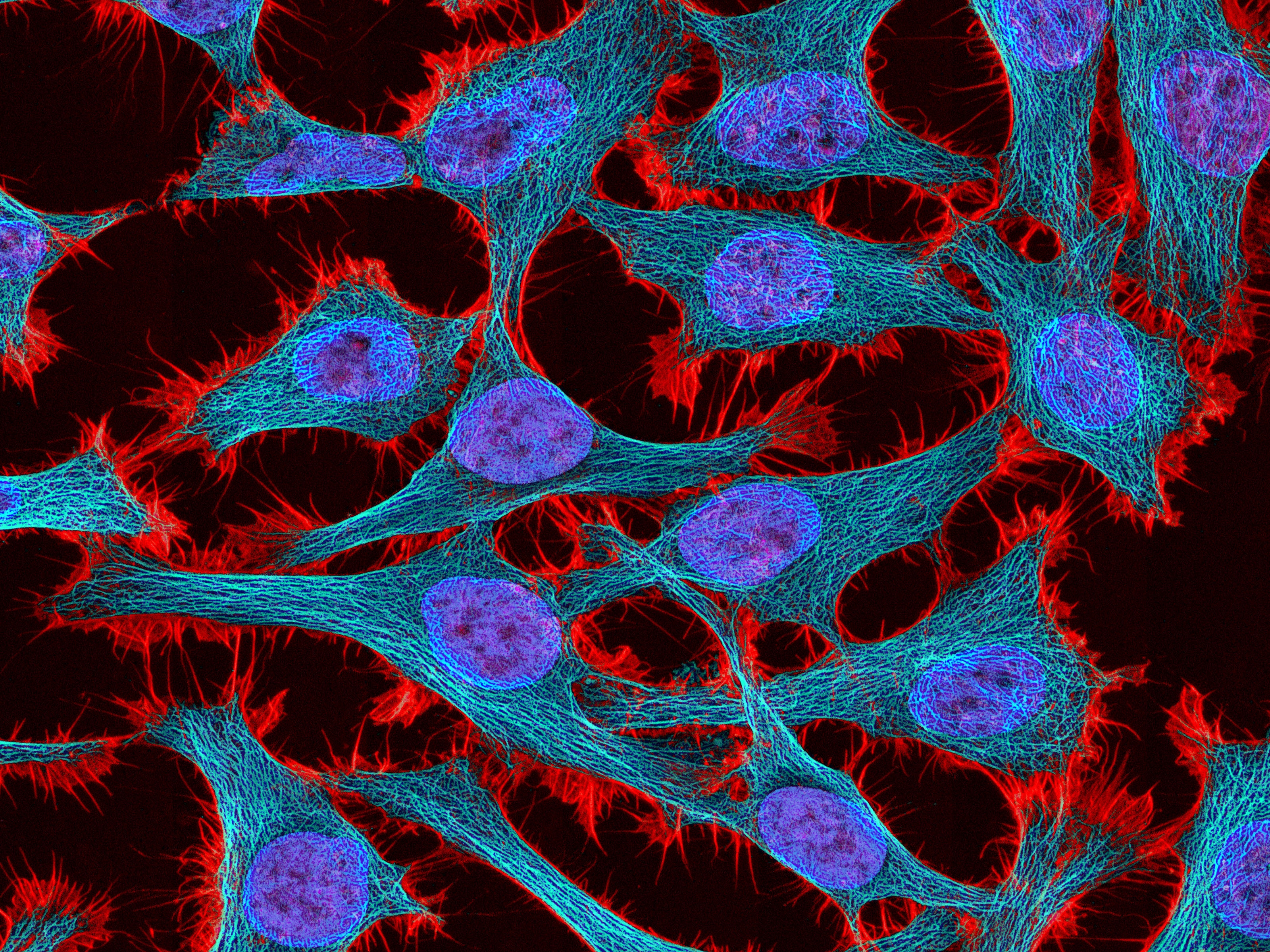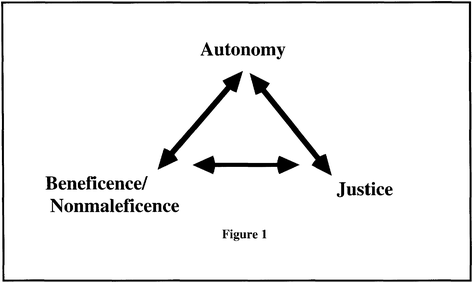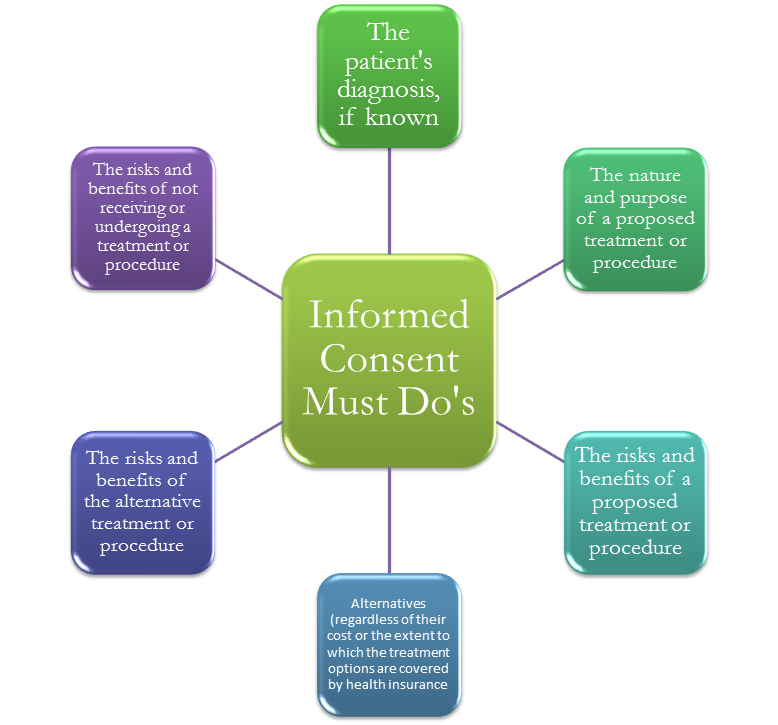The case of the HeLa cells presents an interesting dichotomy between justice, fairness, and the greater good. The case highlights the tragic story of Henrietta Lacks, who died from cervical cancer at age 31 in 1951. A posthumous biopsy of her tumor was taken without the consent of Henrietta or her family members. This case represents one of the most egregious forms of medical misconduct, in which doctors neglected to receive informed consent. Informed consent is a necessary component of research or medicine whenever dealing with patients. Henrietta Lacks never consented to the biopsy or the redistribution of her cells. Her family was never compensated for the decades of research using Henrietta’s cells. “Currently, cells can be bought and sold without the patients’ permission, but tissue rights advocates suggest that these often-unwitting donors deserve a share in the profits their cells eventually reap.” (Devine) Cases like this highlight the importance of full informed consent. It is immoral for a doctor to perform a procedure on a patient without their knowledge, even posthumously. Without informed consent, patients do not have autonomy. The principle of respect for autonomy is one of the utmost important principles of bioethics. It is paramount to a successful doctor-patient relationship. Exceptions to this rule should only be considered in extraordinary cases, for instance, some “exceptions to full informed consent are: If the patient does not have decision-making capacity, when the patient has waived consent, and when a competent patient designates a trusted loved-one to make treatment decisions for him or her.” (De Bord)
 Taking samples from a patient, such as biopsies, should always be discussed with either the patient himself or a family member. Moreover, the physician should ensure that the patient can provide full informed consent regarding the procedure and the use of the specimen. “The Patient Consent Form and associated Patient Information Sheet (necessary for most studies) should be written in concise and explicit language that anyone can easily understand, explaining clearly the need for the specimen, the overall objective of the research and why it is important (in lay terms).” (Geraghty et al.) This case is reminiscent of Dr. Richard Ward’s actions toward the Nuu-chah-nulth. The Nuu-chah-nulth case was discussed in class earlier in the semester. Dr. Ward took blood samples from members of the Nuu-chah-nulth and distributed it for the use of genetic studies without their consent.
Taking samples from a patient, such as biopsies, should always be discussed with either the patient himself or a family member. Moreover, the physician should ensure that the patient can provide full informed consent regarding the procedure and the use of the specimen. “The Patient Consent Form and associated Patient Information Sheet (necessary for most studies) should be written in concise and explicit language that anyone can easily understand, explaining clearly the need for the specimen, the overall objective of the research and why it is important (in lay terms).” (Geraghty et al.) This case is reminiscent of Dr. Richard Ward’s actions toward the Nuu-chah-nulth. The Nuu-chah-nulth case was discussed in class earlier in the semester. Dr. Ward took blood samples from members of the Nuu-chah-nulth and distributed it for the use of genetic studies without their consent.
However, another issue regarding Henrietta’s case is that her cells went on to aid in research that led to a vaccine for polio, among other scientific breakthroughs. Without these cells, there is no guarantee that these breakthroughs would’ve occurred. This is an issue of Henrietta’s autonomy versus the principle of benevolence regarding the countless patients helped with the resulting research. The question at hand is, does the fact that the cells have saved and improved countless lives make up for the way they were obtained? This is truly a difficult question to ponder because of the significance of the researched performed with HeLa cells. Personally, I do not think the benefit the cells have provided justifies the method through which they were obtained. The incredible violation of patient autonomy cannot be excused with any outcome. The doctor who took the initial biopsy did not realize the extent of their worth. He simply violated Henrietta’s right to consent to the procedure. I would love to hear more opinions in the comments. Do you believe these actions can never be excused? Do you agree with the idea that “uprooting contemporary ethical principles, like getting informed consent for research on tissues, and applying them to periods where they did not exist undermines our appreciation of the past in critical ways.” (Wilson), excusing the retired methods of tissue collection?
References
De Bord, Jessica. “Informed Consent.” Informed Consent: Ethical Topic in Medicine. University of Washington School of Medicine, 7 Mar. 2014. Web. 07 Apr. 2017.
Devine, Claire. “Tissue Rights and Ownership: Is a Cell Line a Research Tool or a Person?” Columbia Science and Technology Law Review. N.p., 09 Mar. 2010. Web. 07 Apr. 2017.
Geraghty, R. J., A. Capes-Davis, J. M. Davis, J. Downward, R. I. Freshney, I. Knezevic, R. Lovell-Badge, J. R W Masters, J. Meredith, G. N. Stacey, P. Thraves, and M. Vias. “Guidelines for the Use of Cell Lines in Biomedical Research.” British Journal of Cancer. Nature Publishing Group, 09 Sept. 2014. Web. 07 Apr. 2017.
Wilson, Duncan. “A Troubled Past? Reassessing Ethics in the History of Tissue Culture.” SpringerLink. Springer US, 04 Aug. 2015. Web. 08 Apr. 2017.


Gisell, thanks for sharing your thoughts. While reading your post and listening during yesterday’s class discussion, I found myself asking questions such as: Why does it matter who “owns” the tissue? Who gets to decide ownership? Does recognition truly matter or is it just an arbitrary formality? I do not have any personal experiences which can help me empathize with how the family of Henrietta might feel, so I remain conscious and critical of my questioning why it matters.
The question of ‘who has a right to what’ reminds me of the copyright and ownership rights in art (specifically in the following case, photography). A monkey took a camera from photographer Daniel Slater and took selfies with it. There was an argument about who owned copyrights. Because Slater did not take the photo, he didn’t get copyrights. Because animals don’t get copyright acts, the monkey does not get ownership either. The photo ended up becoming free game for the internet. In this case of Henrietta, should the tissue cells not be “free game” for research?
Read here for more information:
http://www.npr.org/sections/thetwo-way/2016/01/07/462245189/federal-judge-says-monkey-cant-own-copyright-to-his-selfie
Hi Gisell,
Thanks for your thoughts on this topic we’ve been talking about all week. Where I agree with your opinions that patient autonomy must be upheld unless processes of informed consent are followed, I disagree with your opinion on Henrietta’s particular case. As wrong and discriminatory as the time in which she lived was, the case did state that it was common practice to simply use cells for further research and not necessarily ask for consent. For this common practice reason, although Henrietta’s rights were violated, I do think that the benefit the cells have provided justify the methods used to obtain them. I do think that these actions cannot be necessarily excused, but more justified as in Henrietta’s case because of the common precedent previously used. In terms of compensation and further precedents set, there is truly no way to evaluate the true monetary value of contribution that Henrietta’s cells made. Because of this and future issues concerning people being paid to donate certain medical services or parts, I believe that there should be a waiver with a standard compensation for time or resources used when looking to use cells or the like in medical trials. What do you think about this? In your opinion, is it right to not credit people for the contributions their own cells make to science, and how would this case be different if Henrietta was given credit right off the bat of the discovery? I encourage you to glance at this article (https://vector.childrenshospital.org/2012/07/donation-and-compensation-in-research-should-patients-be-paid/) for one hospital’s certain perspective!
Thanks,
Elisabeth Crusey
The issue of not compensating Lacks’ family arises when companies begin licensing the genetic material of human without providing kickbacks to the original “owner” of the genome (or in this case her family). While this was a problem for Lacks’ family, the financial benefits that arose from Lacks’ genetic information was likely not expected when the tissue was initially harvested. Since the genetic material became increasingly useful as analytical and sequencing methods improved, it would be good to find historical references that show the accepted compensation for research participants at the time. At the very least, a flat-fee compensation for collecting the cells would be fair.
However, Lacks’ cells were proliferated by medical and biological researchers for a long period of time, and the uses for Lacks’ tissue grew as well. Again, this was most likely not an expectation that the original researcher had in mind, which would at least partially explain why Lacks and her family were not provided with specific documentation giving the researchers full legal rights to use her genome. While this is undoubtedly a case of medical misconduct (resulting from lack of consent), the widespread use of her genetic information brings numerous questions about consent and “ownership” of genetic material. Would the scenario change if Lacks had consented to the initial use of her cells for research? Yes, it would justify the cell collection and initial usage, but it doesn’t address the subsequent research conducted once her cells had been proliferated by medical researchers.
While I feel most of the concerns are associated with the lack of informed consent, the owner of the collected and proliferated cells is still unclear. Should consent be required to conduct research on the offspring of the original cell line? Who is the “rightful owner” of the new cells: Lacks or the researchers? Without the initial consent of Lacks, it is difficult to justify the notion that the hospital or researchers ever had legitimate claims to the genetic information, including the new cells. However, if Lacks had fully consented to the initial collection and use of her cells, then it would be fair for the researchers to claim ownership of the offspring and subsequent research results that came from the new cell line.